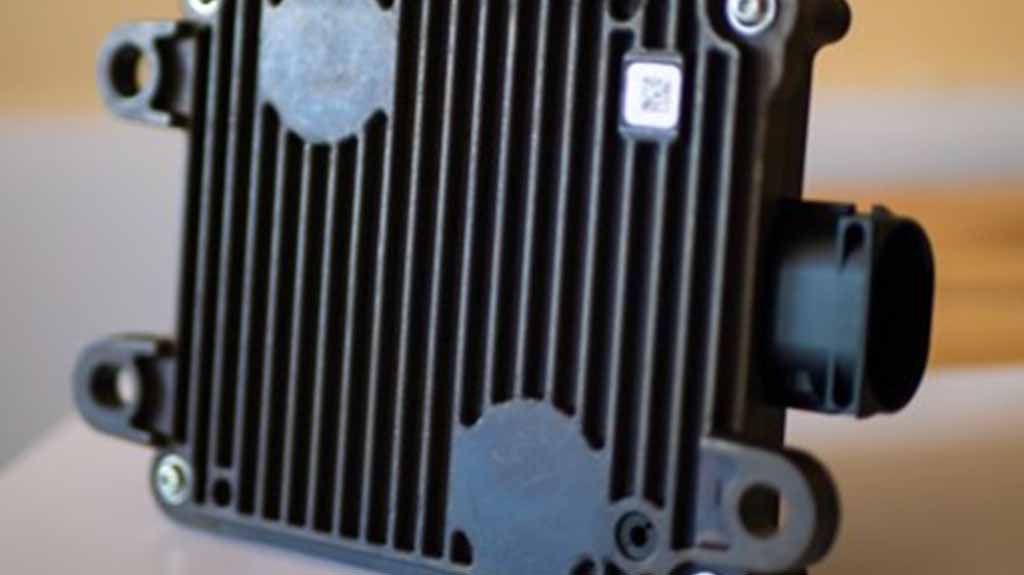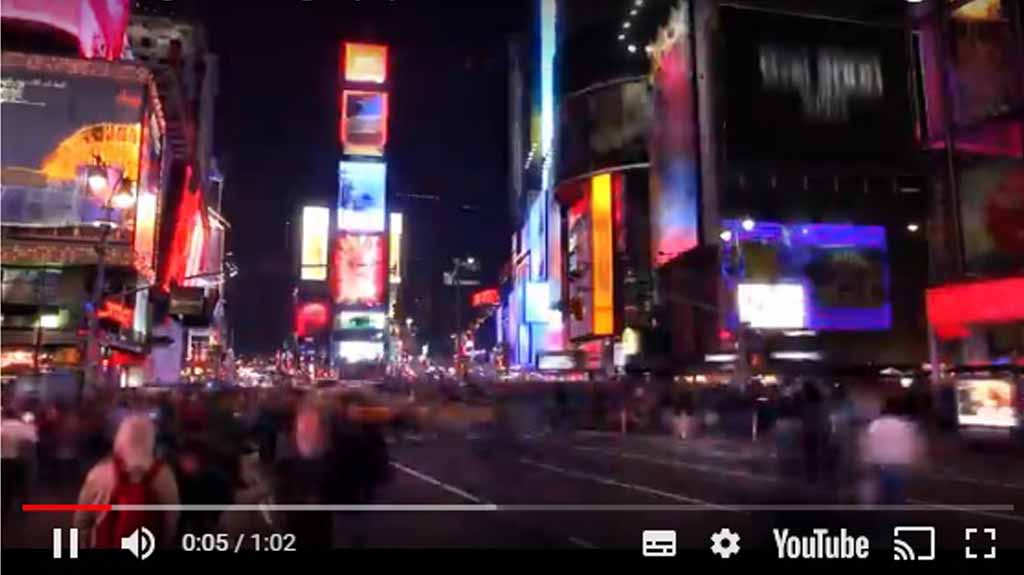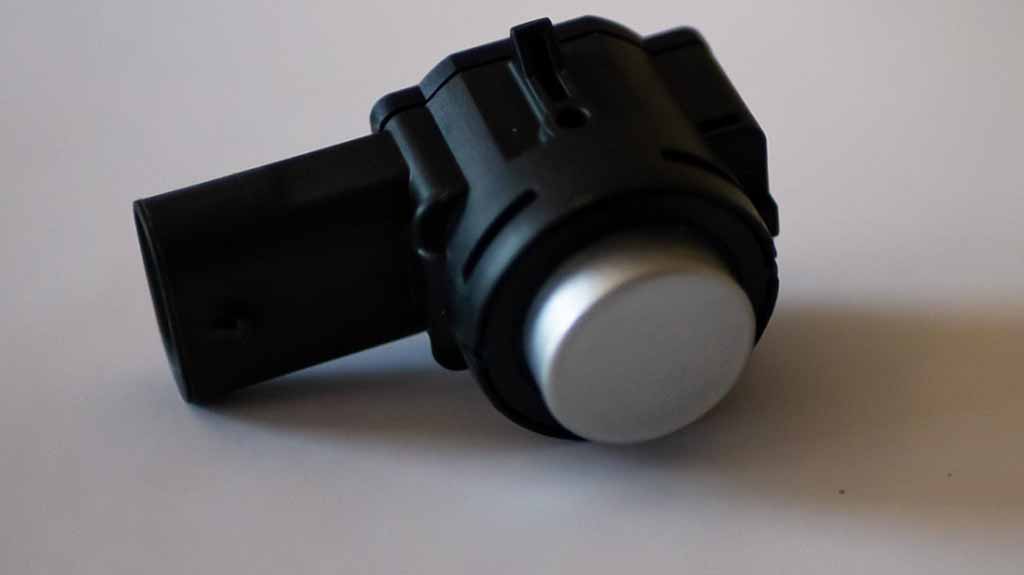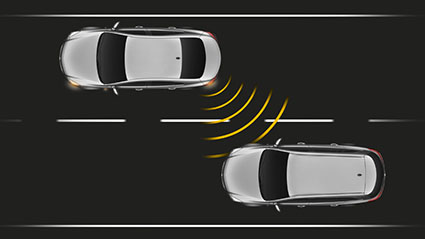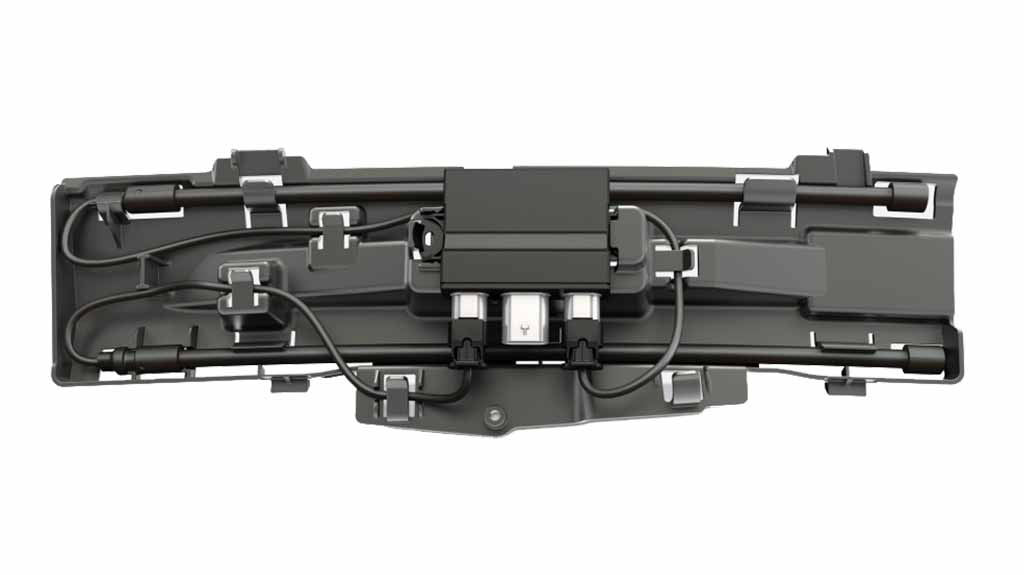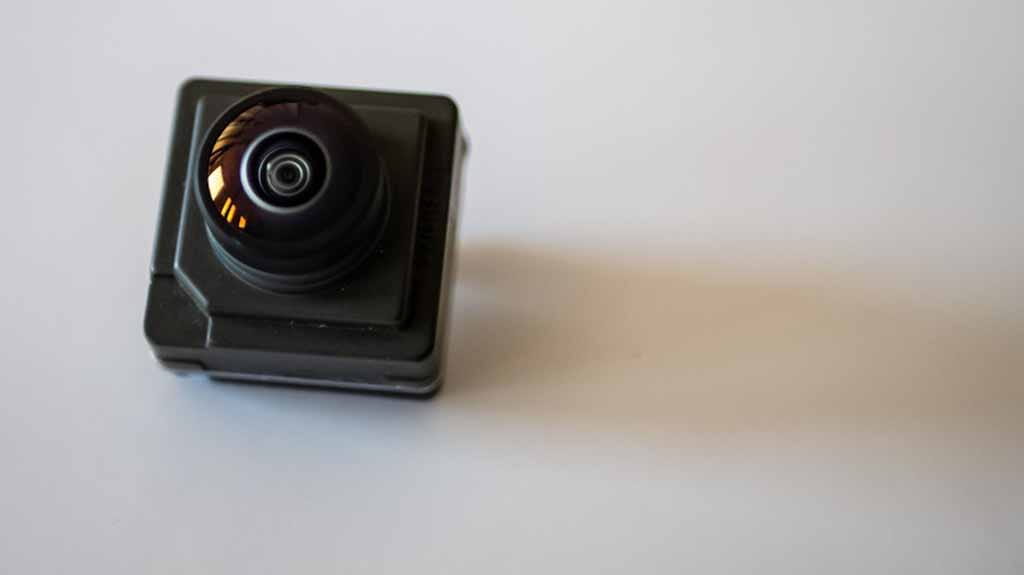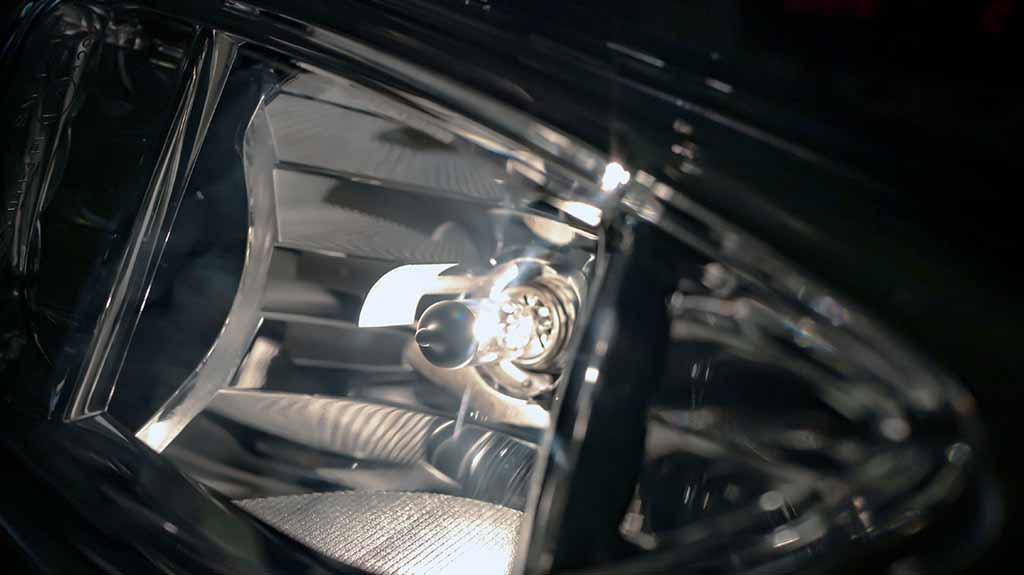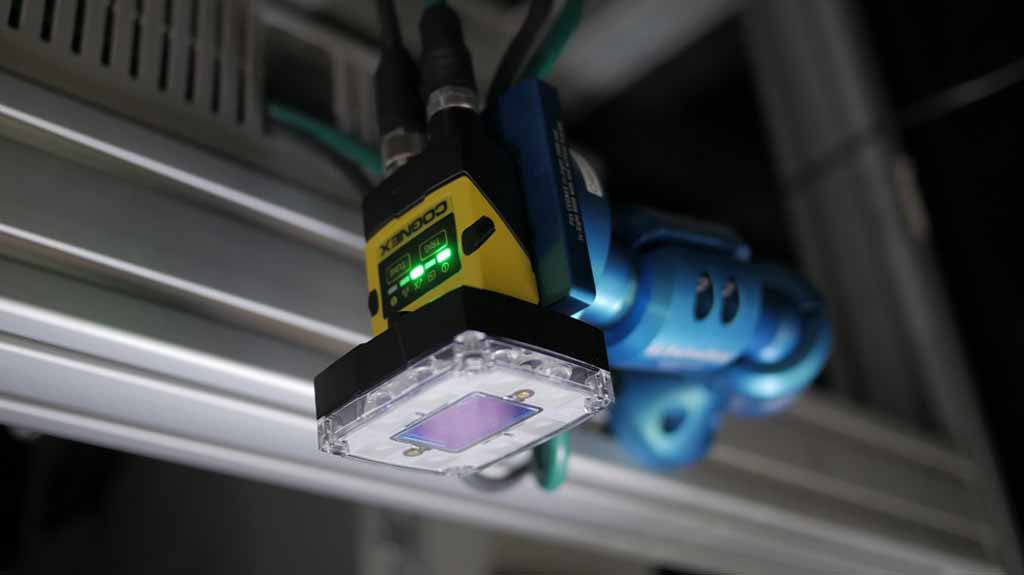Trelleborg provides state-of-the-art testing for all modern automobiles. We keep up with the latest features and functions and continually develop, update, and refine tests so you don’t have to. Popular tests are listed below.
Active parking assist test system
Active Parking Assist (APA) sensors, which are mounted in front and rear bumper fascia, use ultrasonic proximity detection to measure the distance between nearby objects and the vehicle.
In order to test the sensor functions, a target must be placed at a specific distance from each sensor to verify proper alignment and distance measurement. Our electrical and mechanical engineers can design and install the fixtures needed to develop a complete testing and tracking system for your active parking assist sensors. Our engineers have experience with a range of communication protocols used in the automotive industry such as KWP (Key Word Protocol), CAN (Controller Area Network), and LIN (Local Interconnect Network).
Our active parking assist test system can easily be configured to account for distance and sensor range. Using the parts configuration masking feature of Trelleborg’s EOLT system software, the system can test harnesses with differing numbers of sensors and lamps.
Trelleborg's EOLT RPA (Rear Parking Assist) and FPA (Front Parking Assist)Test Software saves all sensors measurement and communications status messages for each test that is run. Using the built-in database features available in our EOLT system software, any part test can easily be viewed and verified.
Blind zone alert sensor test system
Blind Spot Detection (BSD) and the Side Blind Zone Alert (SBZA) radar sensors help the driver safely pass other vehicles. The system uses two radar sensor modules that continuously monitor the presence, direction, and speed of vehicles in the lanes around the vehicle. If a vehicle moves into the blind spot, a warning indicator lights up. If the driver doesn’t react to the indicator, an audio alarm goes off to provide additional warnings.
Trelleborg's blind zone alert sensor test system is designed to test harness continuity, sensor functionality, part revision, software revision, serial number, and communications. Our electrical and mechanical engineers can design and implement a complete testing and tracking system for your Blind Spot Detection and the Side Blind Zone Alert radar sensors. Our engineers have experience with a range of communication protocols used in the automotive industry such as KWP (Key Word Protocol), CAN (Controller Area Network), and LIN (Local Interconnect Network)
Our Blind Zone Alert Sensor Test System can easily be configured to allow sensor hardware and software revisions. Using the parts configuration masking feature of Trelleborg’s EOLT system software, the system can test harnesses with differing numbers of sensors and lamps.
Short range radar test system
The Short Range Radar (SRR) sensors use radar technology at 24 GHz to detect objects in front of or surrounding the vehicle. These radar sensors are used alone or in conjunction with Side Blind Zone Alert (SBZA) sensors for collision avoidance/mitigation systems. SRR sensors are also used in Adaptive Cruise Control (ACC) systems to monitor the distance between vehicles and adjust the speed accordingly.
Trelleborg's short-range radar sensor test system is designed to test harness continuity as well as sensor functionality, part revision, software revision, serial number, and communications. Our engineers have experience with a range of communication protocols used in the automotive industry such as KWP (Key Word Protocol), CAN (Controller Area Network), and LIN (Local Interconnect Network). Our electrical and mechanical engineers can aid you in designing and implementing a complete testing and tracking system for your Short Range Radar (SRR) sensors.
Our short range radar sensor test system can easily be configured to account for sensor hardware and software revisions. Using the parts configuration masking feature of Trelleborg’s EOLT system software the system can test harnesses with differing numbers of sensors and lamps. Short Range Radar Sensor Test System Software saves all sensor revision data and communications status messages for each test that is run. Using the built-in database features available in the EOLT system software, any part that has been tested, can be viewed and verified.
Hands-free lift gate module test system
The Hands-Free Lift Gate Module (HFM) utilizes two sensors located between the tailpipes to form an electronic field. When broken, the field activates the lift gate. Before the lift gate activates, the gate sensors must detect a shin, then a foot, followed by the shin leaving the sensor area, followed by the foot. The distinct order of events helps the system avoid false lift gate triggers.
Trelleborg's hands-free lift gate module test system is designed to test harness continuity as well as sensor functionality and communications. Our electrical and mechanical engineers design and implement a complete testing and tracking system for your hands-free lift gate modules. Our engineers have experience with a range of communication protocols used in the automotive industry such as KWP (Key Word Protocol), CAN (Controller Area Network), and LIN (Local Interconnect Network).
Trelleborg's hands-free lift gate module test system can easily be configured to account for sensor hardware and software revisions. Using the parts configuration masking feature of Trelleborg's EOLT system software, the system can test harnesses with differing numbers of sensors and lamps.
Traceability
Traceability is defined as the capability for tracing goods backward along the supply chain and forward along the distribution chain based on identifying characteristics. It is essential to automotive manufacturers and an integral part of any EOLT system designed by Trelleborg. Using barcode scanners, RFID readers, label printers, Ethernet communication and PLC input, Trelleborg will work with the customer to develop the crucial link between the customer’s MES and the part ID. Test results can be can go beyond simple “Pass/Fail” to include archived test results and images from vision inspections.
